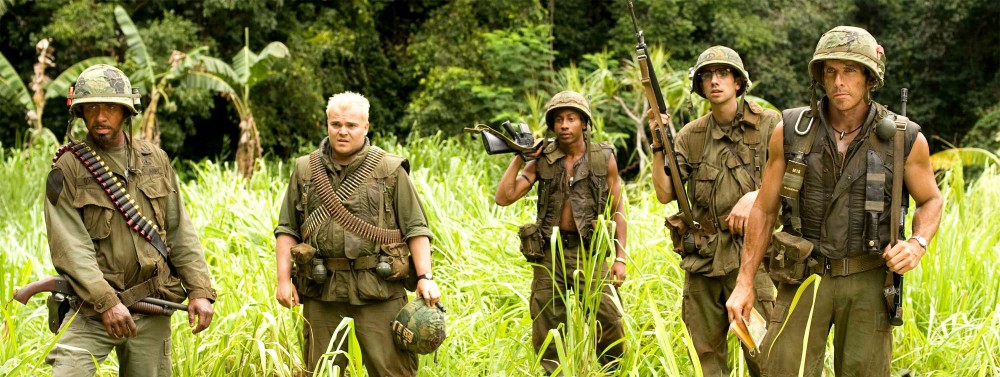Abbas Kiarostami is a director that aims to portray life as art, to connect life to nature and examine how insignificant human actions and lives are when compared to the world around us. His pastoral approach is one that not adds beauty to his films but also allows the viewer to personally see the connection between nature and the individual. Through the Olive Trees, takes place right after the 1990 Manjil-Rudbar earthquake, which killed almost 40,000 people, left 500,000 homeless and many without any knowledge of whether their loved ones were alive or dead. Abbas choice to portray this event through his film deals largely with his deep connection to nature, as well as trauma and repetition. Abbas has a track record of incorporating the repetition of past traumas and loss through his films, which I believe is also present in Through the Olive Trees. Mohammed Ali Keshavaz, who plays the director, is shown repeatedly asking the women in the film their address. Even though almost all of them have lost their homes and no longer have address’. He also makes them name the people they’ve lost in the earthquake. The director believes having them talk about their losses will force them to recover, and so he refuses to let them ignore what has happened.
Another interesting dynamic to this film is Abbas choice to have a film within a film. Initially I thought of it to be an interesting twist on the narrative but after analyzing the film more closely I’ve come to see it, as Abbas desire to escape reality. Abbas choice to intertwine reality and fiction appears to be his way of creating a means to escape the issues occurring without fully losing reality. Abbas choice to create a film-within-a-film also creates slight tension between that of the actual film. There are times when we are following one developing narrative and then all of a sudden we’ll be presented with information from the past. This switch between past and present and film and film-within-film at times had me questioning what was reality and what was fiction. Which is what I believe Abbas was trying to create through this back and forth pattern.
One part of this film that particularly resonated with me was that of the ‘male gaze’. As a female I found it interesting to see the ways in which Tahareh and the other young women in the film were featured. There were never any shots of them looking into the camera or at the male actors. Their gaze was often hidden or they were shown not returning the gaze of others. This component of the film was what conveyed the distinct cultural differences in Through the Olive Trees and other films we’ve watched. In many other films the camera has a way of sexualizing women, of making them into objects of visual pleasure instead of characters of value. However, Through the Olive Trees was a film that instead completely dismissed the female gaze. Which not only presented cultural value but also showcased the control of censorship in Iranian cinema.

I like your comments on how the film within a film creates an interesting interplay between reality and fiction. Though the film ostensibly serves as an escape for the participants, its subject matter often seems to deal explicitly with the hardships they are facing. The making of the film is an opportunity for the actors to remove themselves from the daily struggles of life around them, recovering from the earthquake, but they can only do so by reliving the experience while making the movie. Because of this I think I disagree with your interpretation that the film is an escape from reality- because the film, while fictional, constantly recalls the actual experiences of the earthquake.
Thanks Eve – this is a really thought-provoking post. I really like this line in the second paragraph: “Abbas’ choice to intertwine reality and fiction appears to be his way of creating a means to escape the issues occurring without fully losing reality.” I think this is a really insightful claim.
I’m kind of drawn to Dziga Vertov’s idea that films should represent reality unvarnished and unadorned, that they could be a direct portal to truth . . . But part of the reason I included Through the Olive Trees in the class is that it asks about what happens when reality or the truth—like an earthquake that killed thousands of people—is too terrible to face directly.
This might be a labored connection, but I think that there’s a similar theme running through Tropic Thunder . . . Part of what Ben Stiller seems to be saying here is that war is so horrific that the thought of actors trying to capture the experience in a film is just silly. We can’t access the unvarnished reality of war in film . . . all we can do is make fun of the narcissistic Hollywood-types who try.
I agree about your view in the second paragraph about how using film within a film being used to intertwine the use of reality and fiction, to bring awareness and escape at the same time about trauma issues in this film. I think the film used repetition to very much intertwine many of the scenes and as well as a way to deal with trauma. Even though some of these repetitive scenes were redundant most of them time, I felt they added more emotion as well as made the audience think about all the little details in the film scenes add up to create an understanding.
Very great post.
I just stumbled upon your blog and wanted to say that I have truly loved browsing your blog posts.
In any case I will be subscribing on your feed and I hope you write again very soon!
Feel free to visit my website ✅
온라인 카지노 게임
스포츠 토토 일정
토토 라이브 스코어
온라인 카지노 사이트
안전 카지노 사이트
https://www.j9korea.com